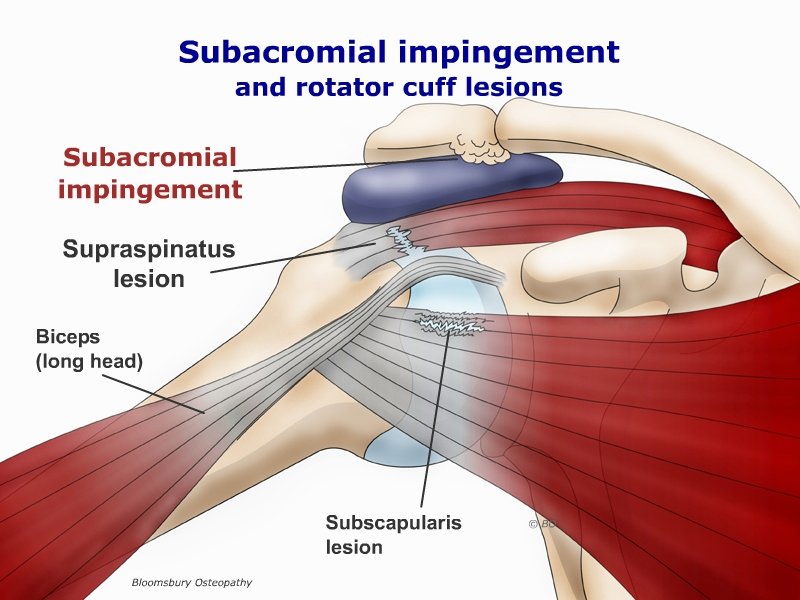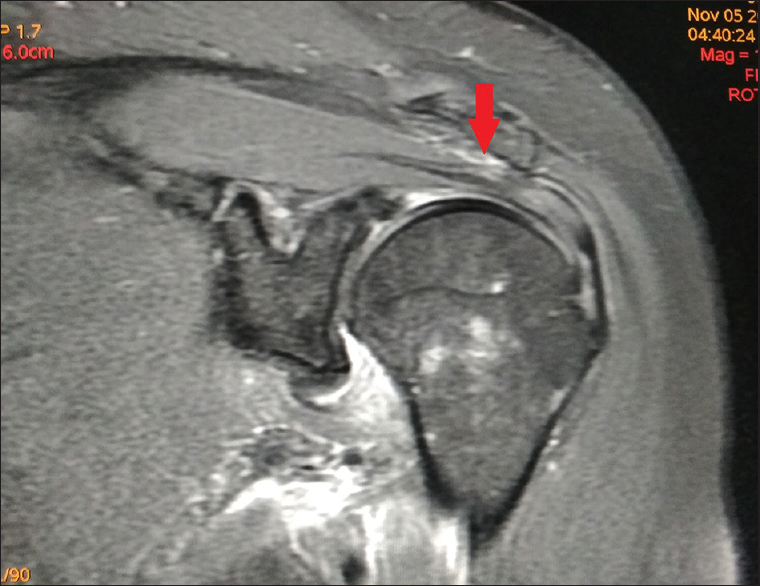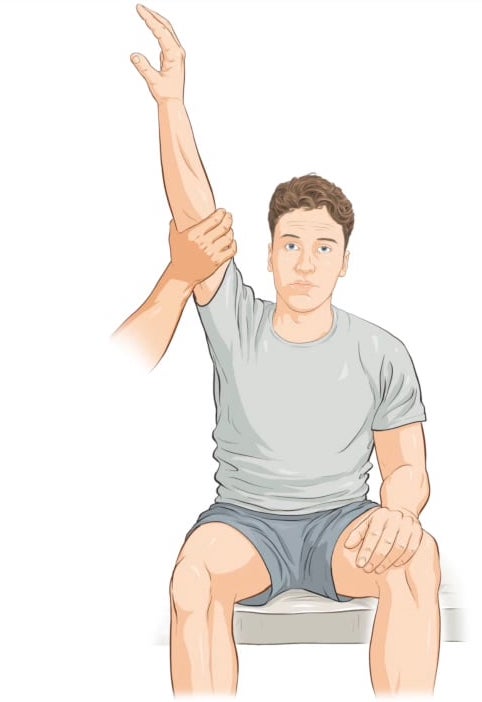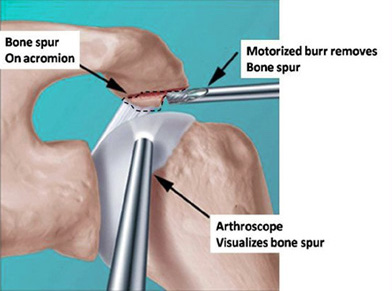What is Subacromial Impingement?
Subacromial Impingement
Subacromial Impingement is a very common form of impingement condition which results in shoulder pain, weakness and a limited range of motion in the shoulder. It occurs in people who are involved in sports or activities in which overhead rotational motion of the shoulder happens.
Subacromial Impingement can also be caused due to a fall where the person directly lands on the shoulder.
Studies show it is the major cause of shoulder pain complaints.
It reduces the functionality of the shoulder and if not treated on time would lead to disability.
What is Subacromial Impingement?
There are four muscles, including tendons, that raise and lower the arm, they are collectively known as the rotator cuff. The rotator cuff is situated between the extension of the shoulder blade known as acromion and humerus. When there is swelling in the rotator cuff, it reduces the space around it causing it to rub against the acromion. Because the rotator cuff is between the bone it is highly prone to get pinched or impinged between the bone leading to Subacromial Impingement.


What causes Subacromial Impingement?
When the tendon of the rotator cuff rubs against the acromion, it leads to swelling causing Subacromial Impingement.
Causes also include:
- Overuse of a joint without taking proper care of it can lead to inflammation and swelling, which are highly likely to get pinched between the bones
- The fluid sac between the tendon and the acromion gets thick and swells up leading to irritation
- If your acromion is not flat, there is a high risk of impingement ● When the shoulder muscles, tendons, and ligaments are not able to hold the shoulder joint in place, it will cause pain and impingement
- Injuries to the shoulder could also be a plausible reason
What are the symptoms of Subacromial Impingement?
The main symptom of Subacromial Impingement is the sudden pain in the shoulder when the arm is moved over the head or backward.
It will also include:
- Pain and soreness in the front part of the shoulder
- Pain will intensify at night if you sleep on the affected area.
- There will be a reduced range of motion
- Weakness and stiffness in the shoulder and around it
The symptoms do not develop overnight but develop gradually
The conditions concerning the syndrome can show individually or in combination. A rupture in the bicep muscle of the tendon is a part of this ongoing impingement.
What is the diagnosis of Subacromial Impingement?
The doctor will carry out a physical examination of the affected shoulder. They will assess the range of motion your shoulder can do and will also check for weakness and soreness. They will ask you since when you have been feeling the pain in your shoulder.
They will ask if you are involved in any sports or intense physical activities. They will inquire about your past injuries if any, and what remedies you have done. The doctor will prescribe painkillers to relieve the pain at first. But if it persists, they will suggest getting an X-ray done to show the rotator cuff injury and to dismiss the possibility of arthritis.


If the doctor thinks the injury is serious, he will suggest MRIs and ultrasound as it can show the tear in the rotator cuff and any inflammation in the subacromial bursa.


Tests for Subacromial Impingement
The two most common tests which are both specific and sensitive are:
● Neers Impingement test: The shoulder should be stabilized first with one hand. Then the examiner will passively flex the arm and rotate it internally. If the patient reports pain, the test will come positive


- Hawkins-Kennedy test: The examiner will place the arm and elbow in 90 degrees and then rotate the arm internally. If the patient feels pain in the internal rotation the result will be positive
Treatment for Subacromial Impingement
The aim is to reduce the pain and restore the shoulder to its full functionality. There are numerous treatments available for treating the diagnosis.
- Painkillers as prescribed by the doctor or applying the ice pack on your shoulder for 15-20 minutes daily. It is also advised to put off strenuous exercises involving the shoulder till it recovers completely
- Physical therapy has proven to be an effective treatment. It helps in improving the range of motion and rebuild strength
- If the pain is severe, a surgical approach is suggested by the doctor. Surgical repair of muscles, removal of the subacromial bursa or removal of a section of the acromion can be advised


Recovery time for Subacromial Impingement
Subacromial Impingement usually takes anything between a few weeks or months to heal. Severe cases may take up to a year to recover. Proper and consistent physical therapy has been proven to provide fast and better results and also speeding the recovery process.
Complications arising due to Subacromial Impingement
If left untreated, subacromial impingement can lead to
- Loss of arm strength
- Loss of shoulder mobility and will affect the range of motion
- The shoulder will become stiff and will gradually become unbearable with pain
